latest
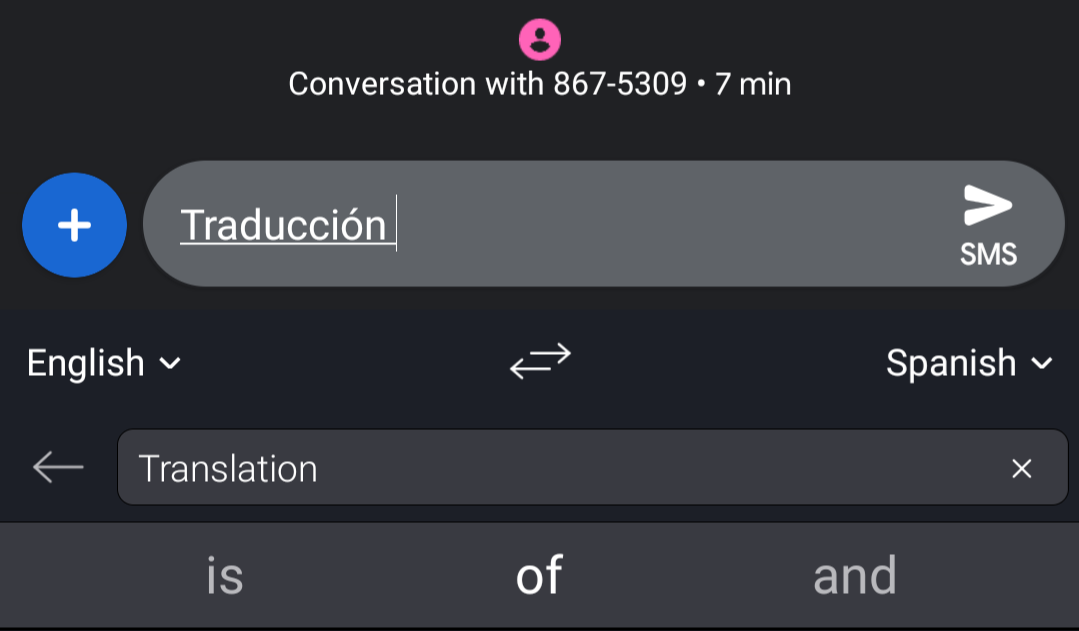
Microsoft owns SwiftKey these days, so it's no surprise some Microsoft features have wormed their way into the keyboard. For example, Microsoft Translator popped up in the beta version some weeks back. Now, Translator has arrived in SwiftKey stable with v7.1.4.19.

Text translation seems like an obvious feature for a phone keyboard. It eliminates the hassle of having to swap between apps, copying and pasting when you want to say something in a language you don't speak (however infrequent that need may be). SwiftKey seems to agree, as the latest update of the keyboard's Beta version comes with Microsoft Translator integration.
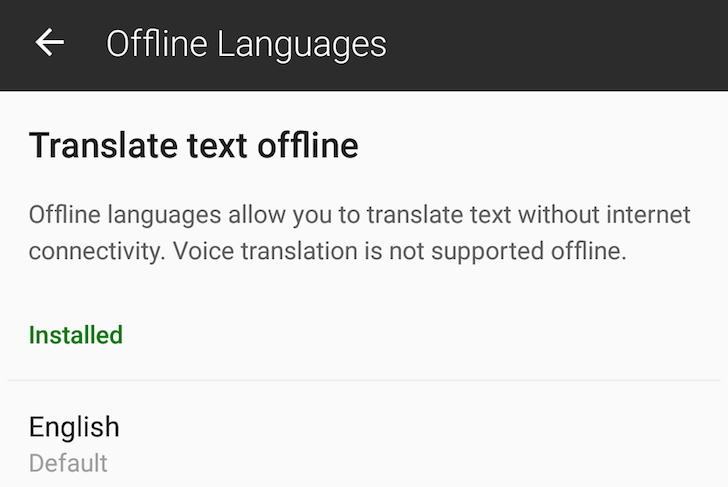
Microsoft announced today that its Translator app now supports offline, artificial intelligence-powered translation in a handful of languages with what the company says is "the world's first Deep Neural Network-powered offline translation engine." The AI packs are considerably smaller than traditional language packs, and they should provide higher quality translations, too.
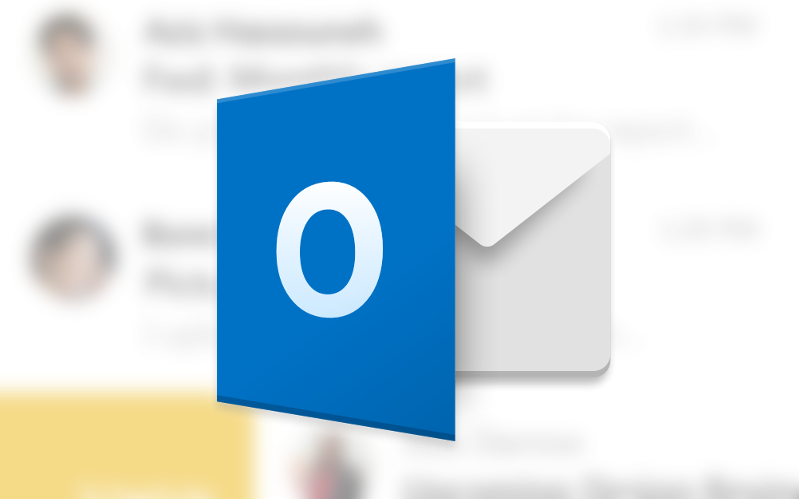
Outlook's so-called "add-ins" were first introduced to the app this February, but the feature was exclusive to iOS. At least, it was, until Microsoft's blog post today. To put it simply, it allows you to use features from apps like Trello, Evernote, or services like GIPHY from directly inside the app. It's sort of like Android's intents system, allowing you to quickly pass data between services, but built into Outlook.

Microsoft Translator is the company's cloud-based translation service, primarily geared towards business use. With the latest update, version 3.0.183, the Android app now supports Japanese voice translation.
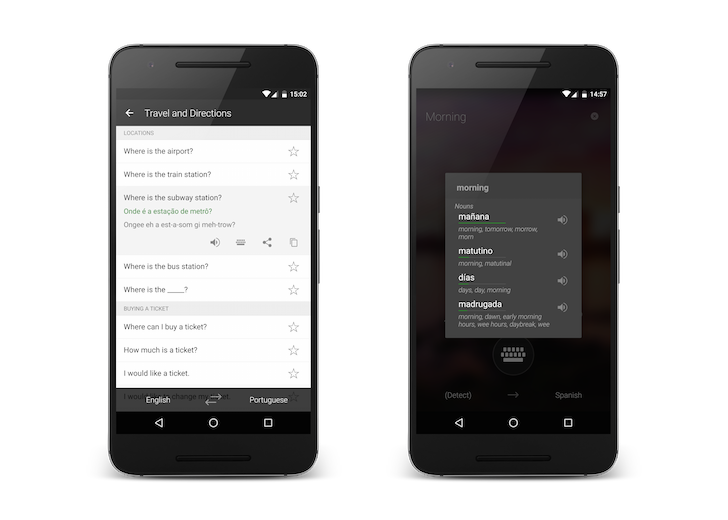
Right on cue for those in Rio for the Olympics, Microsoft has released an update for its translator app, a few months after the previous update got ever closer to Google Translate. The new version, 2.30.112, includes the ability to change the voice used for reading out translation results, alternative translations for single words, and a phrasebook feature for fifty languages.
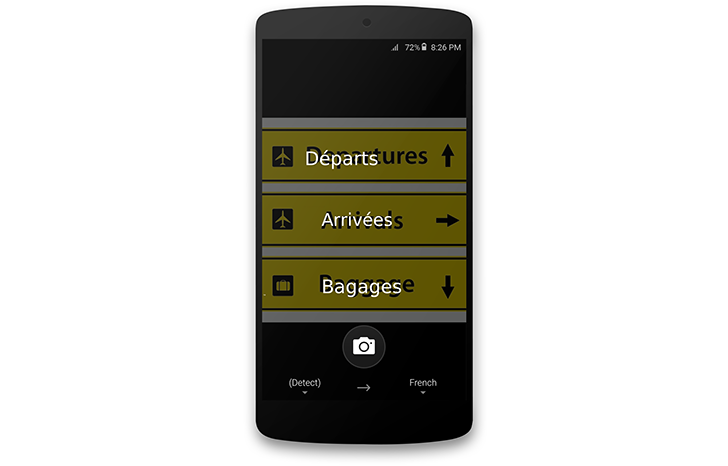
When it first launched last summer, Microsoft Translator had some potential but a lot of catch-up to do with Google's own Translate. No offline mode, no natural conversation mode, no Android Wear app, and many other missing features made me refrain from recommending it when I compared it against Translate. But Microsoft has been updating its app, bridging the gap with each new version, adding all of these features and more like Klingon support and a kickass Android Wear integration. The only major capability that was still missing from Translator's arsenal was image translation and that's finally here.

Read update
- Microsoft has officially announced this update, explaining that it is using the same Deep Learning engine to manage the offline translations as it is when you are online. This means that you should get really good translations, regardless of whether or not you're connected.
Many of us Android users (and Android Police readers) have been accustomed to using Google Translate to fill our language knowledge gaps, but we often forget the other challenger in the arena: Microsoft Translator. The app was first released last August and when I looked at it back then and compared it to Google's offering, I found it a worthy challenger, but one that lacked a couple of key features.
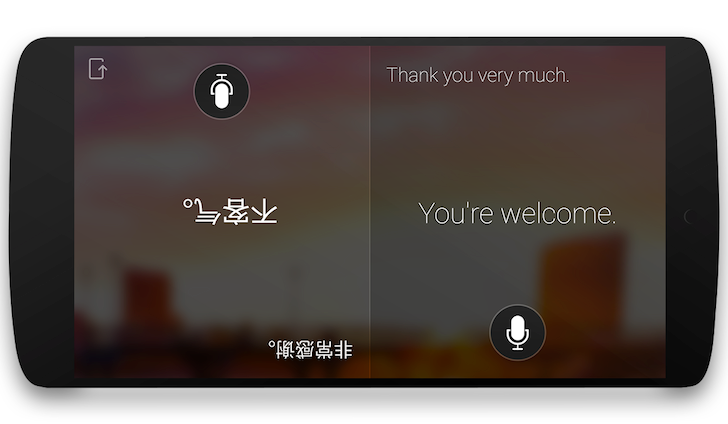
When Microsoft Translator was released a few months ago, I went through an extensive comparison between it and Google Translate and came out impressed by Microsoft's efforts, but not completely swayed. At the time, Translator had a major advantage in its Android Wear support (a gap that Google has since closed) but lacked many other features like offline functionality, camera view, and most importantly the live conversation mode. Well, Translator has now jumped that last hurdle and added natural conversation support in its app.
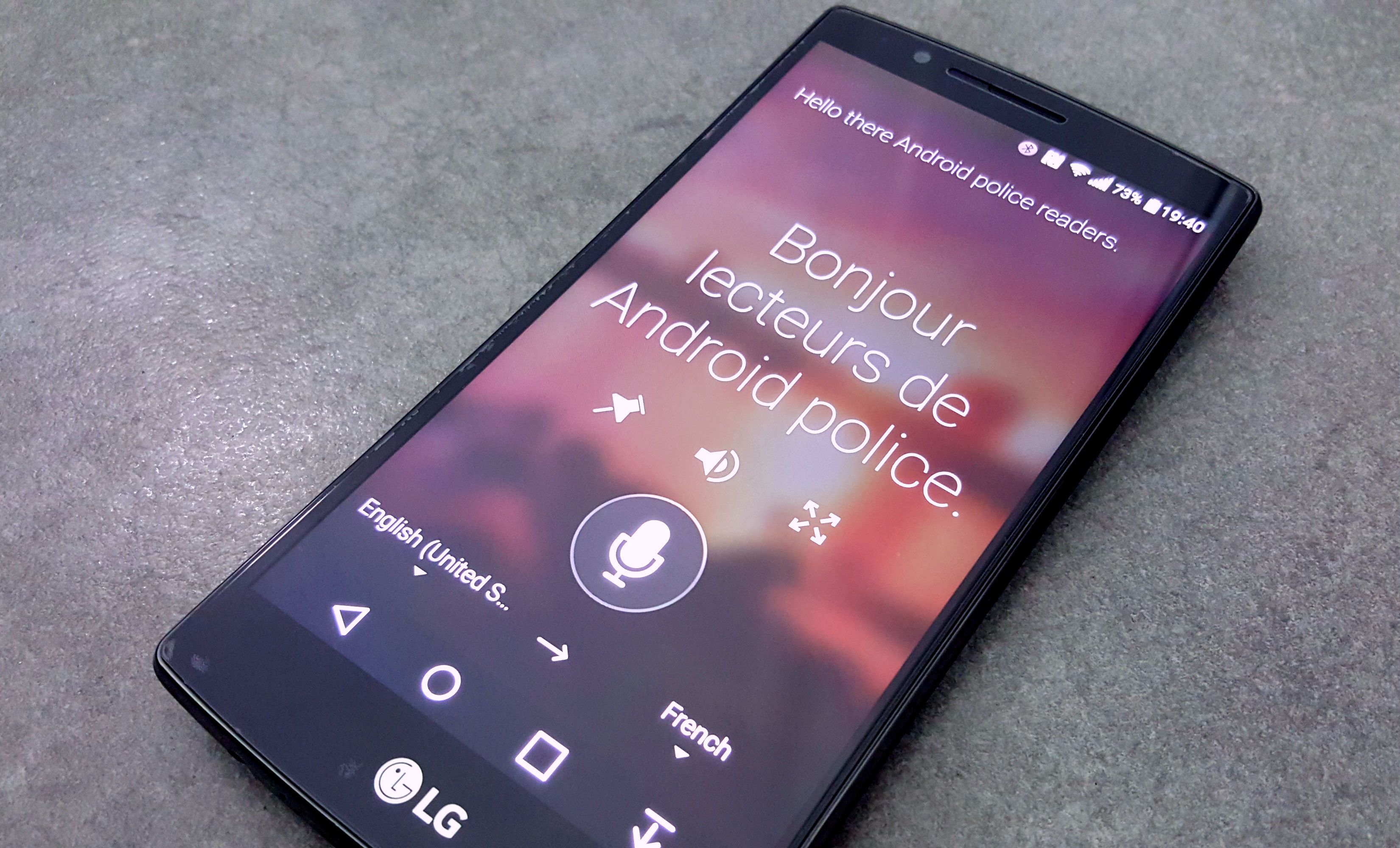
Microsoft's Translator isn't the first service to attempt to confront Google in the translation game, but it may be one of the first to pose a real challenge to Google Translate. Out of the gate, the app has an Android Wear component, a sorely missed feature in its competitor, and even though Translator does seem quite simplistic and limited, it has most of the basic features covered to warrant a more thorough comparison against Translate.






